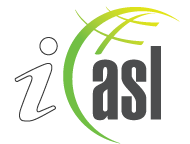

|
|
IASL Research Abstracts: 188
Findings: By clearly understanding collaboration, teachers and librarians will be able to engage in effective collaboration that affects students' academic achievement. Through the identification of models of teacher and librarian collaboration (TLC), and the constructs in each model, teachers and librarians will be better prepared to determine if resources are available to them to engage in high-end collaborative efforts that are more likely to affect student achievement positively.
Abstract: Teacher and librarian collaboration (TLC) is considered essential to support the changing population of students, complexity of educational issues, and increased information. However, collaboration has yet to be clearly defined for teachers and librarians. This paper discusses four models of teacher and librarian collaboration (TLC) - (Model A: Coordination, Model B: Cooperation, Model C: Integrated Instruction and Model D: Integrated Curriculum), and identifies five constructs within the models that can be used to evaluate the effect of each model on student academic achievement. This paper argues that high levels of the five constructs a) interest, b) level of involvement, c) improved learning, d) innovation, and e) integration in TLC may have the most impact on student academic achievement.
Montiel-Averall, P. (2005). A theoretical understanding of teacher and librarian collaboration (TLC). School Libraries Worldwide, 11(2), 24-48.
Subject Categories: 3, 20
